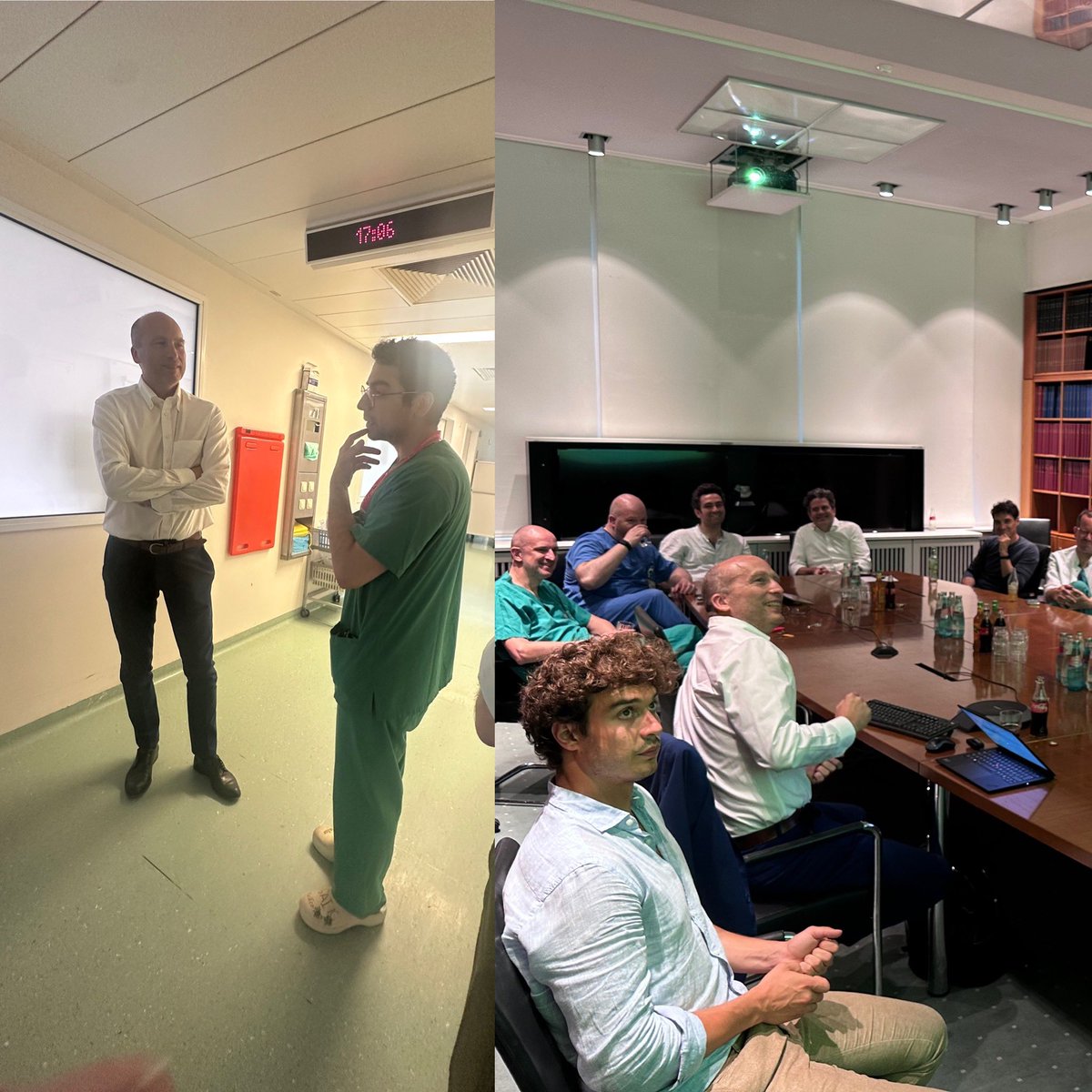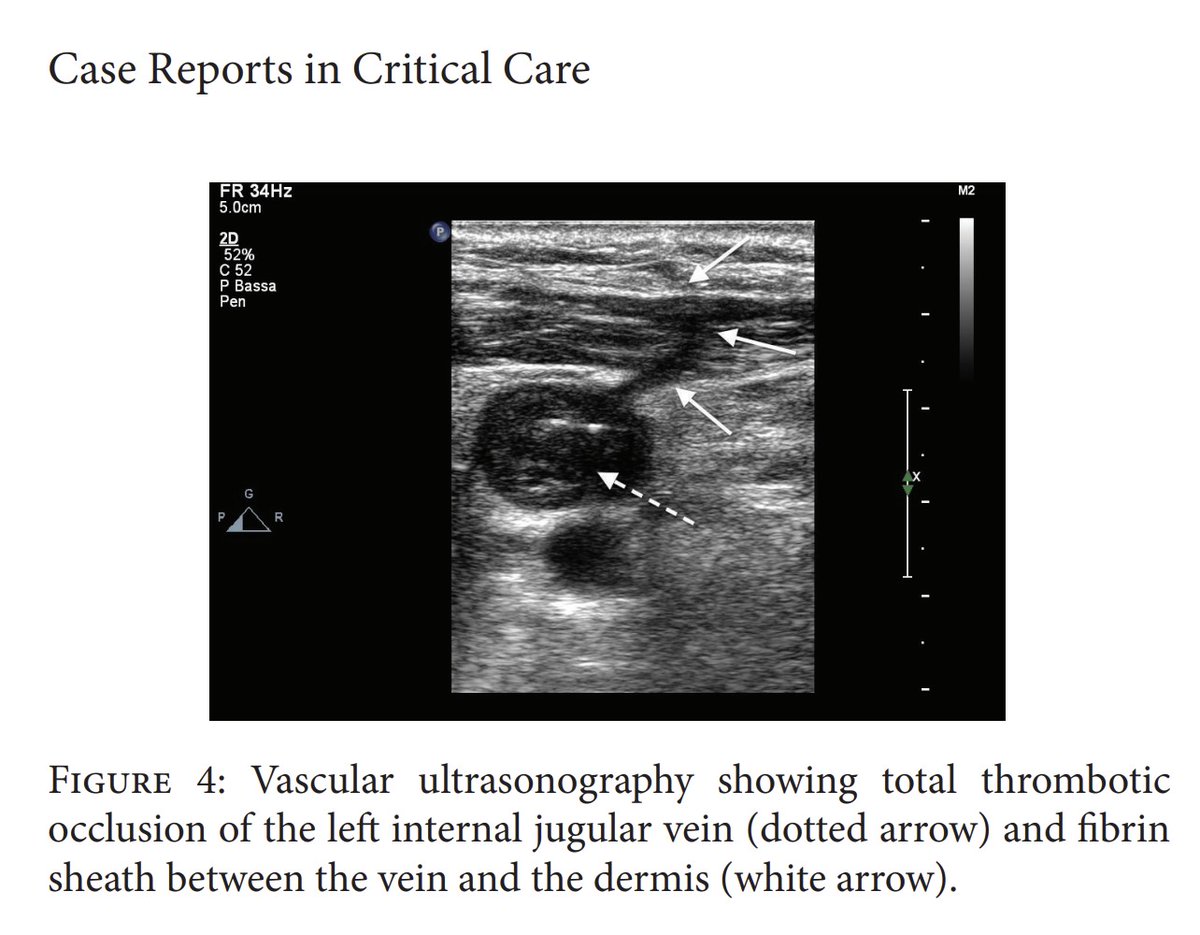
Filippo D'Amico
@drfdamico
Anesthesia and Intensive care San Raffaele Hospital
ID: 1184866855388925953
17-10-2019 16:20:57
1,1K Tweet
1,1K Takipçi
434 Takip Edilen

PRINCE trial - remote ischemic preconditioning's impact on myocardial injury in noncardiac surgery patients. #FOAMed #POCUS #FOAMcc #CCR25 Critical Care Reviews Simone Vietri criticalcarenorthampton.com/2025/06/13/gas…



Jonny Wilkinson Intensive Care Society 💙 Royal College of Emergency Medicine Royal College of Anaesthetists Association of Anaesthetists JAMA Segun Olusanya (He/Him) [email protected] ʇɟıɥsI̍CͨMͫpɐɹɐd ≆ Dr Justin Kirk-Bayley 🩺 Hari (హరి 🇮🇳) Kalagara Intensive Care Medicine Keith Siau and the highest quality RCT on the topic here jamanetwork.com/journals/jama/… by Giacomo Monti San Raffaele Anesthesia and Intensive Care JAMA #MERCYtrial

Jonny Wilkinson Critical Care Reviews Simone Vietri Association of Anaesthetists Intensive Care Society 💙 Intensive Care Medicine • 𝗟𝗝 𝗠𝗼𝘁𝘁𝗿𝗮𝗺 • NephroPOCUS Dr Stephen T Webb Manoj Wickramasinghe @manoj-w.bsky.social Federico M. Oliva Segun Olusanya (He/Him) [email protected] ʇɟıɥsI̍CͨMͫpɐɹɐd ≆ Dr Justin Kirk-Bayley ping Marilena Marmiere, MD Stefano Turi



Fantastic work by Giovanni Landoni, MD Fabrizio Monaco, MD Matteo Aldo Bonizzoni, MD Alessandro Belletti Domenico Pontillo Alessandro Pruna, MD Filippo D'Amico Marilena Marmiere, MD Rosa Labanca Stefano Fresilli Jacopo D’Andria Ursoleo, MD San Raffaele Anesthesia and Intensive Care Gianluca Paternoster Giacomo Monti Stefano Turi Marina Pieri fabio guarracino Valentina



Prof. Rinaldo Bellomo was a great scientist, but also a loving husband and father, exceptionally gifted physician, a great mentor and a good friend... we wrote an editorial on Signa Vitae Martina Baiardo Redaelli Alessandro Belletti Alberto Zangrillo signavitae.com/articles/10.22…


Prof Rinaldo Bellomo is among the worlds’ most important medical researcher, and influential scientific mind. He contributed giving critical care the same dignity of other medical disciplines. In his loving memory we wrote an editorial Signa Vitae signavitae.com/articles/10.22…


Raffaele Mandarano Mohan Sai Gudela, MD Giovanni Landoni, MD Great points! It’s a matter of timing (short-term), dose, and thus, specific pharmacological AA renal effects Don’t miss our editorial: signavitae.com/articles/10.22… Martina Baiardo Redaelli Alessandro Pruna, MD Alessandro Belletti Stefano Fresilli Rosa Labanca Filippo D'Amico San Raffaele Anesthesia and Intensive Care Signa Vitae




Brain = upgraded! 💡 Huge thanks to Giovanni Landoni, MD for an inspiring talk on organ protection in high-risk patients. ICU + cardiac surgery + tMCS = game-changing insights! 🔥 Discussed cutting-edge strategies and planing new ideas 🚀 #heartsurgery #MedEd #ResearchGoals







